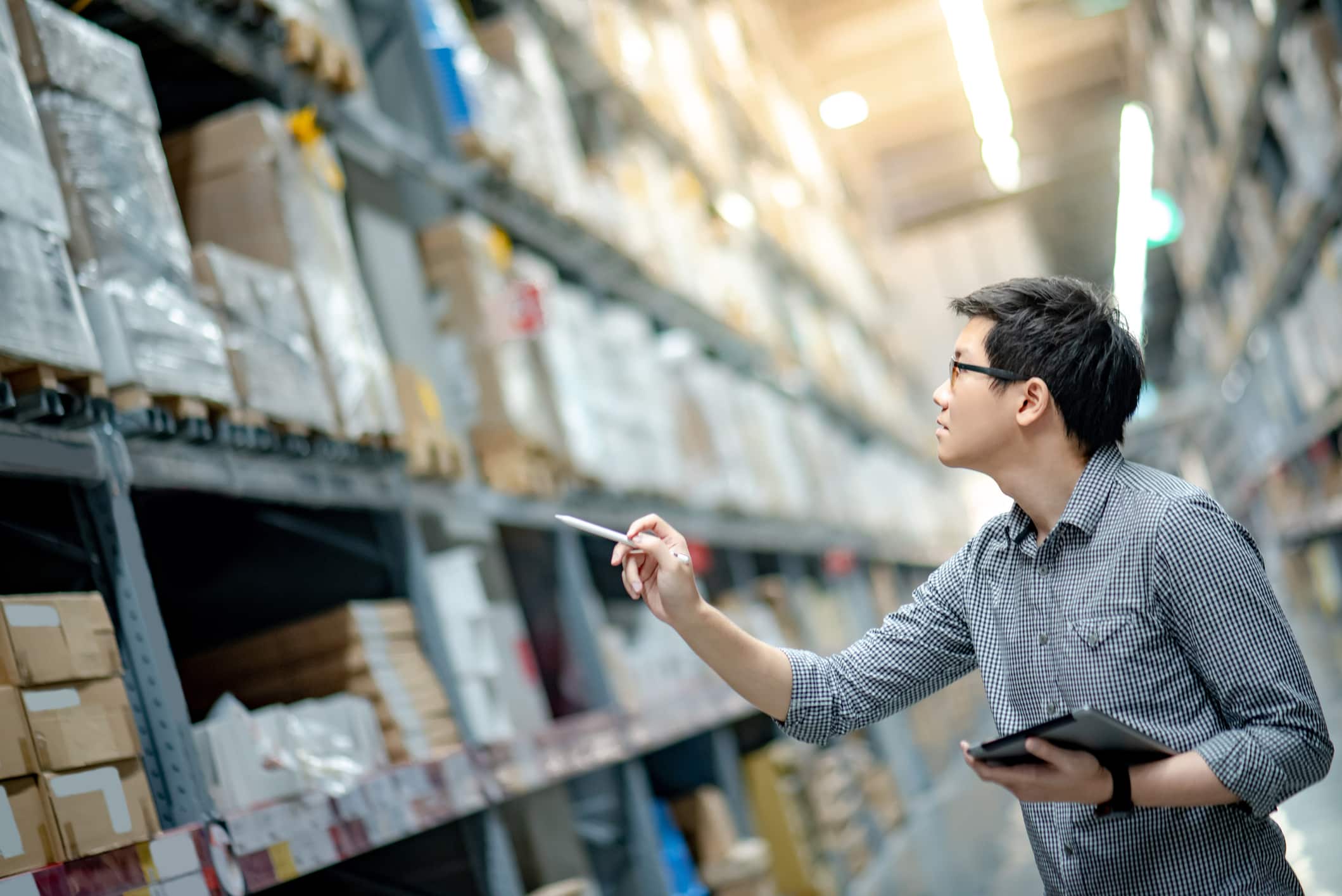With efforts to solve the struggle and meet customer demands, a new e-commerce trend is coming into view for some retailers called micro-fulfillment. There are varying degrees of micro-fulfillment for retailers. Some have instore operations where stores reimagine their B&M footprint to dedicate space for fulfillment while others specifically design fulfillment centers in the heart of major cities. Either way, they are getting the inventory closer to the end consumer for faster and more cost-effective delivery. With the right technology and process in place, micro-fulfillment could turn existing stores into mini-distribution centers, providing timely deliveries for online sales.
As some retailers have already moved to micro-fulfillment centers, others are thinking about it but do not know where to start. Let’s explore the topics of e-commerce renaissance, the changing fulfillment game, pop-up distribution centers, and the teaming trend that is changing the micro-fulfillment.
The E-Commerce Renaissance
It will come as no surprise that consumers are increasingly expecting effortlessness and ease in their shopping experience. People with busy lives do not have time to navigate parking lots, stand in lines, wander through a store looking for an exact product, and certainly do not want to wait weeks to have something they need today. All serve as reasons why online buying has become a regular part of life for most Americans.
As a matter of fact, according to the U.S. Census Bureau, e-commerce is growing four times faster than overall retail. Expected to continue to grow in the decades to come, shopping for things like groceries, pet supplies, and apparel from brick-and-mortar stores is quickly moving online. With the expectation of same-day delivery, it is becoming more and more expensive for manufacturers and retailers to meet demands at reasonable costs. As a result, micro-fulfillment has emerged to get products closer to the end consumer and ultimately save costs for manufacturers and retailers.
Changing the Fulfillment Game
Grocery stores are a few of the first retailers to move to micro-fulfillment. Already deploying home delivery and in-store pickup, this industry is taking e-commerce by storm. According to a recent article from Grocery Drive, “FreshDirect and technology firm Fabric will open a micro-fulfillment center (MFC) at one of the grocer’s Washington, D.C.-area distribution facilities later this year. The 10,000-square-foot MFC, which is run by Fabric, will handle around 10,000 fast-moving SKUs and can process up to 1,000 orders per day.” The ability to scale sales within local communities is made easier with the implementation of cutting software and technology.
Pop-Up Distribution Center
The recent e-commerce push and micro-fulfillment trend have led some retailers to turn stores into distribution centers. While Kohl’s recently announced their nearly 3-billion-dollar plan to turn brick and mortar stores into distribution centers so they can fit into the “Amazon-era delivery speed,” they are not the first big chain to move in this direction. The announcement came after Target, Macy’s, American Eagle, and others seeking an answer to meeting customer demands all made the same move. Each company has mentioned plans to include real-time inventory system networks, shipment carriers, and other technology to boost the delivery of products.
Teaming
In the past few years, Target acquired local shipping company Shipt. With this “teaming” deal, retailers can now offer rapid, within hours, local delivery of not just food but clothing and other goods. Partnerships like these use existing fulfillment technology, process, and consumer preference to lower product costs and boost sales by adhering to “busy customer” needs. In short, “teaming” has created a future foothold for retail giants.
Allata recently worked with a large distributor in the US. to define and implement a direct-to-consumer strategy for their retailers. This started with an end-to-end analysis of their ordering and fulfillment process, building a roadmap to prepare for a new ordering process, platform selection, implementation, and integration with necessary partners. Through the use of technology, we enabled a national network of fulfillment centers to smaller retailers with limited resources and limited locations to grow their national reach for very little cost of entry.
While it can take a lot to transform a retail footprint or stand up a whole new warehouse based on customer location, we can learn from those that came before us. It is still early enough in the game that retailers modifying back of the house technology with capabilities to support micro-fulfillment centers push retailers from struggling in the technology age to thriving. These changes will streamline processes and make data collection easier while increasing brand loyalty.



